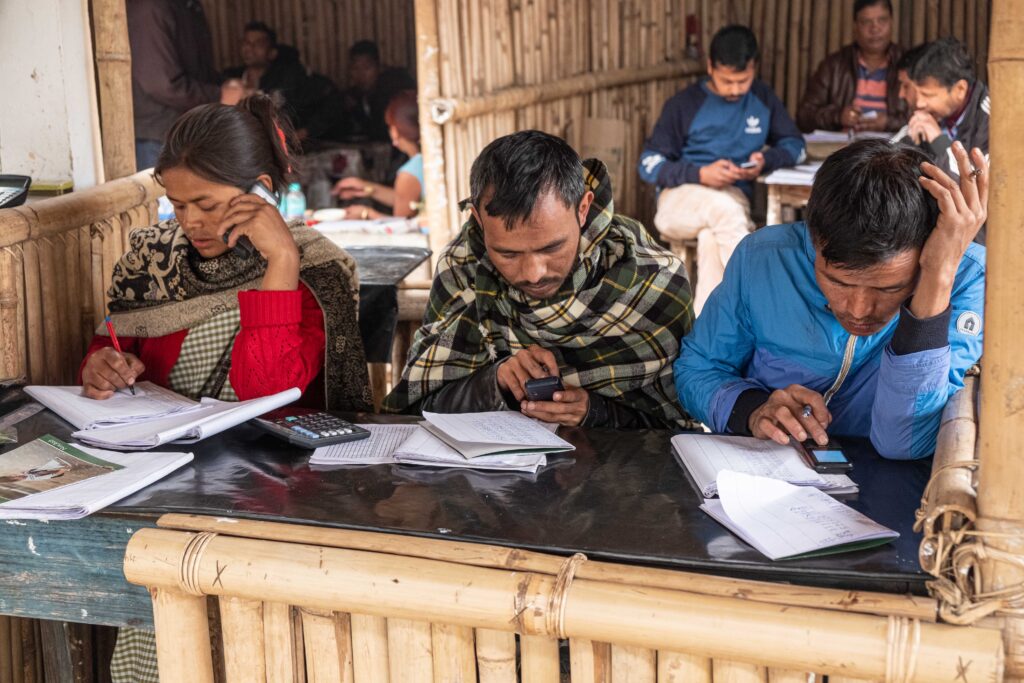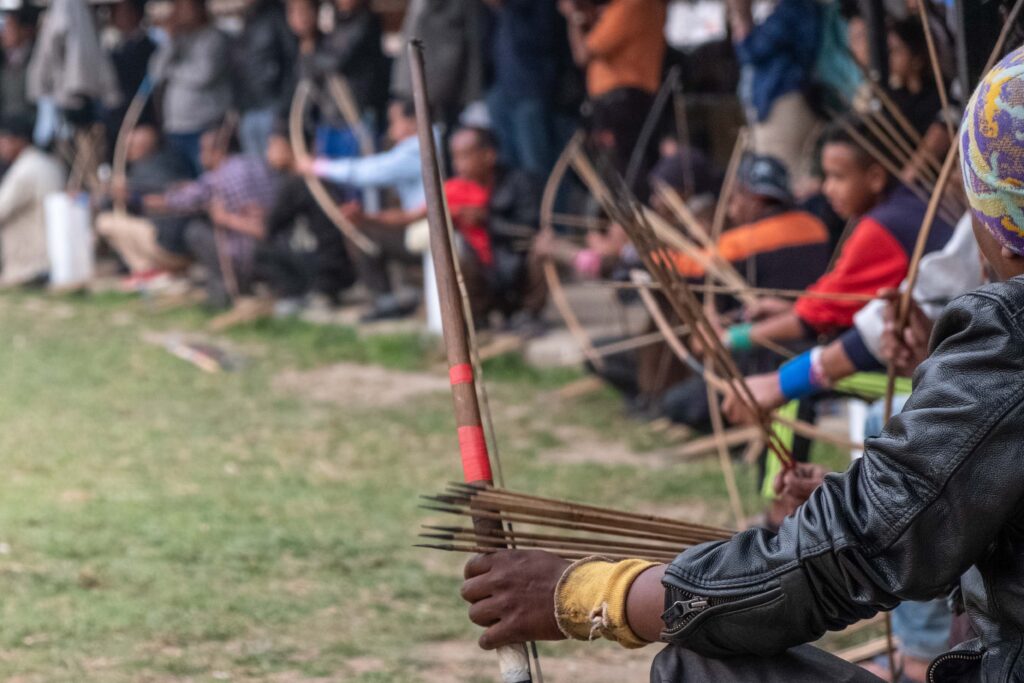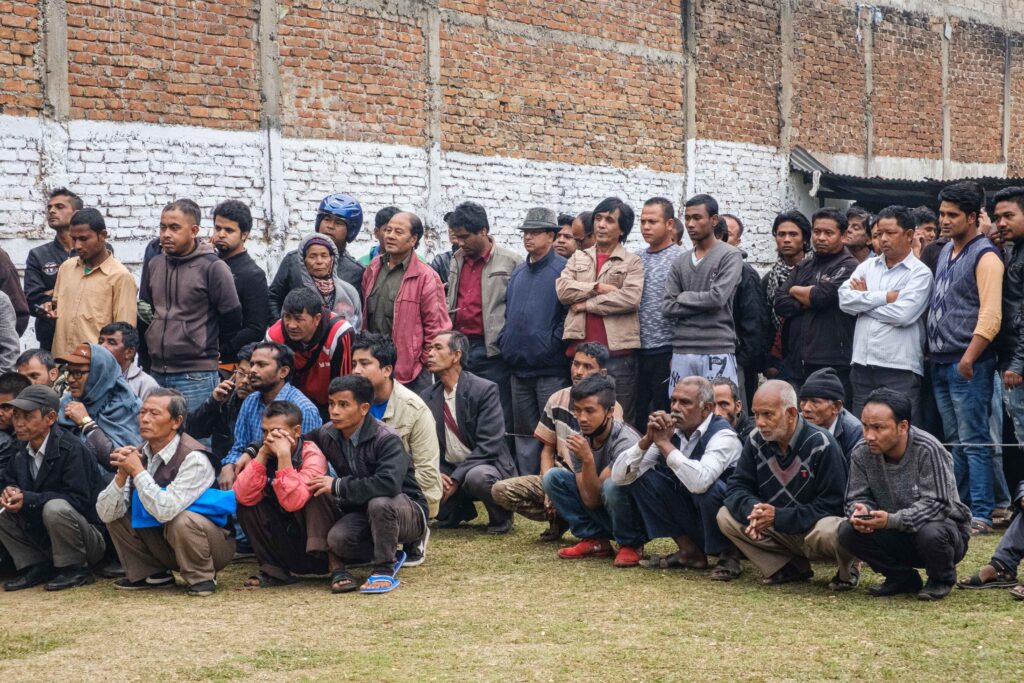
Shillong’s archery lottery
Every now and then I’m tempted to waste anything from 5 to 10 euros on lottery tickets, for which the numbers are chosen automatically, sold at the check-out at my local Helsinki supermarket. I gave up choosing my own numbers ages ago. The street number of my house, my birthday, my mum’s birthday, the date of the current day – none of these made any difference. I never win more than two or three euros, which I can’t usually be bothered to collect.
It’s my belief that a lotto-cop watches me at the check-out using some hidden close-circuit camera and presses a button to prevent me winning more than a pittance. “Here comes Bird, press the win-exempt button.” So I reckon a random choice made by a computer gives me as a good a chance as any of achieving instant riches – that is, practically none at all.

Place your bets, dream on: a betting booth in Shillong, Meghalaya
Not long ago I visited one of India’s less well-known and more remote states, Meghalaya in the country’s far north-east, where I encountered a much more original and exciting potential route to a quick fortune.
The archery lottery is decided on the number of arrows that hit a target aimed at by archers from local clubs, who are paid a fee and stand to earn extra cash prizes depending on how many times they hit the target, a bundle of hay situated about 12 metres from the archers.
The contests are held at the back of the Polo stadium in the centre of Shillong, the state capital, but you come across betting shops everywhere. You have to collect your winnings, if you get any, from the same shop at which you placed the bet. Bets are also placed online, and not just from India.

Bookmakers at work at the archery stadium 
Arrows are colour-coded by archer and are regulation length
The winning numbers are arrived at by taking away the first digit of the total number of arrows that hit the target. So if 978 arrows hit the target, the winning number is 78. There are two rounds of arrow-shooting at each daily session, each producing separate results that yield a return of 8/1 – so for a 100-rupee (€1.2) bet, the winning sum would be 800 rupees (€10).
If you bet successfully on the combined result of both rounds, your winning prize would be 4000/1. So a modest bet of 100 rupees would reward you with a prize of 400,000 rupees, or about €5,000, if you guessed the result of both rounds correctly.

Archers sit in an arc facing a single target
That kind of money goes a long way in India and it’s no wonder the punters, the vast majority of which are male, look so apprehensive after the arrows are all fired and the count begins. I bet 100 rupees on two numbers for the first round only – number 9 (my house number – how predictable) and number 87 (I can’t remember why). Needless to say, I didn’t win anything.

Anxious faces: punters await the results
It makes for a much more interesting spectacle than watching numbers being drawn or balls being spun on Saturday night. Health and safety regulations would probably prevent it being launched in any European country, for fear of some aggrieved archer turning his arrows on the spectators. So it’s back to the supermarket for my instant ticket this week. Wish me luck.

